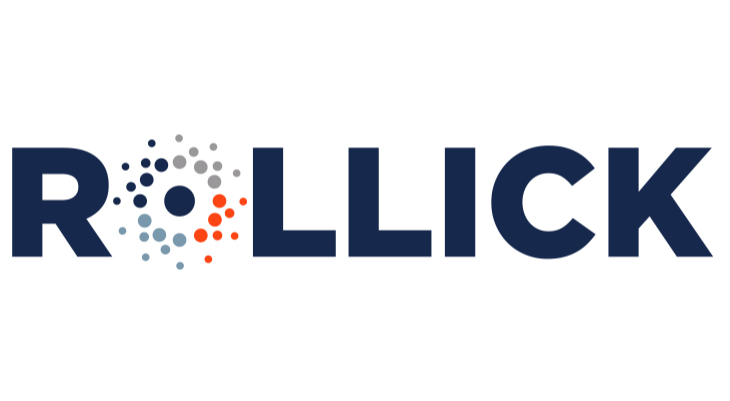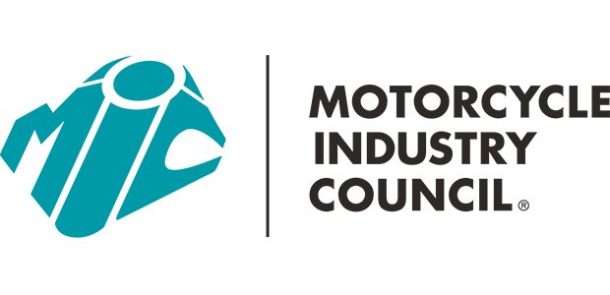Online vs. offline advertising
 It’s no secret that effectively choosing your advertising methods is much more complex now that we’ve entered the Information Age. Should you focus on offline advertising, or should you turn more toward online?
It’s no secret that effectively choosing your advertising methods is much more complex now that we’ve entered the Information Age. Should you focus on offline advertising, or should you turn more toward online?
Here lately I’ve been excited to see more and more dealers turning to Search Engine Marketing (SEM), like Google AdWords. In the current “Great Recession,” as the media now refers to it, this form of marketing can and will generate red hot leads that are ready to buy today if properly implemented. Industry experts have predicted the powersports industry is 8-10 years behind the auto industry and many auto dealers are now investing the majority of their advertising budget into Pay Per Click and other online advertising because of the overwhelming evidence that the majority of consumers search online prior to making a buying decision. However, I’d like to point out as with most offline marketing methods just because you are spending money on Pay Per Click campaigns doesn’t mean your provider is in touch with the specific intricacies of the powersports business.
In managing SEM campaigns for dealers across the country, I’ve uncovered many deadly pit falls that are easy to fall into. In this blog I’ll reveal two:
1) Running SEM campaigns on a national level
As you’re setting up your Pay Per Click campaign, one of the first choices you have to make is who your audience is. By default your audience is set to the United States and Canada, and all too many dealers make the mistake of bypassing this money-robbing setting. After all, you don’t want to market to other countries around the globe, so selecting the U.S. makes sense, right? The only problem is that if you’re a dealer in Georgia, you’ll be paying for leads that are everywhere in the United States instead of in your local market area where qualified buyers are most likely to respond.
SEM Tip – Use your localness to build value in your campaigns and split test every Pay Per Click ad with different versions to hone in their effectiveness. Also be sure to test different audiences. Google Analytics is a great tool to give you a more in-depth analysis of what happens after a prospect reaches your site.
2) Generic landing pages
A landing page is where you “land” after clicking a Pay Per Click ad. For example, let’s say I’m interested in buying a bike and the wife has given me the go-ahead, so I search used motorcycle in Google. Your dealership’s Pay Per Click ad shows on the right side of the page and I click on it only to “land” on your home page. You may be thinking, “What’s wrong with that?” Well, what’s just happened is you lost me as a prospect.
You see, I was searching for a used motorcycle and I clicked on your ad to see used motorcycles. Instead, I’m looking at your home page and I must make a decision. I can choose to stay on your site and search around for what I want, or I can choose to click “back” and see what the next Google search result has for me. Most prospects click “back.”
SEM Tip – Your landing page is just as important as your campaign. It must contain relevant ad copy/information that keeps prospects engaged. It also must have a call to action and give prospects the next step. It could be a quote request, an online credit application, subscribing to your e-Newsletter, etc. But you must tell them what you expect them to do.
Managing your SEM campaigns may not be simple, but it’s worth it. No other form of advertising works on 100 percent commission in which you only pay when genuinely interested prospects respond. Pay Per Click ads also begin to generate new bona fide sales leads that are ready to buy today, from the very moment you run the ad … without hesitation. With that said, it’s important to understand it takes a well-planned blended approach of both online and offline advertising to get the most out of your marketing dollars in this New Emerging Economy.








